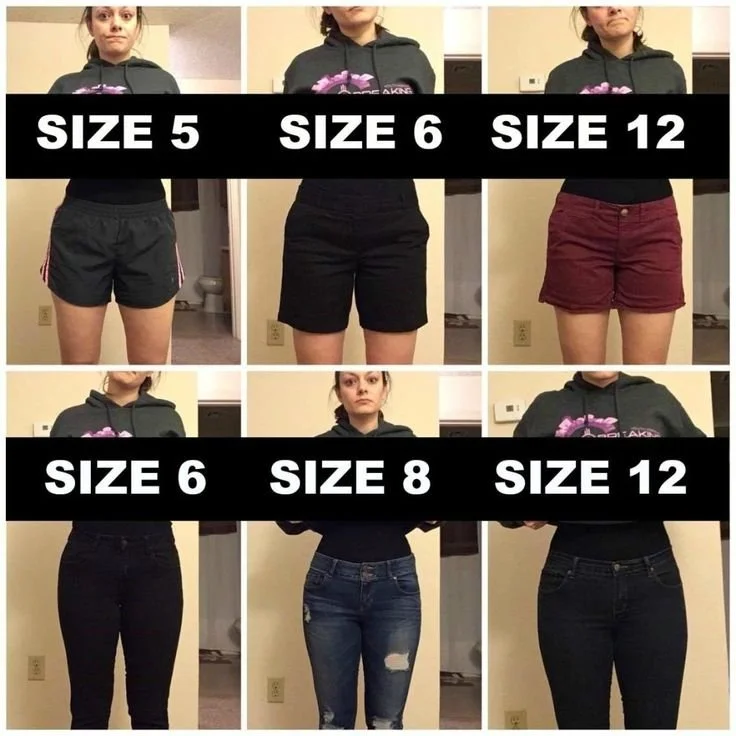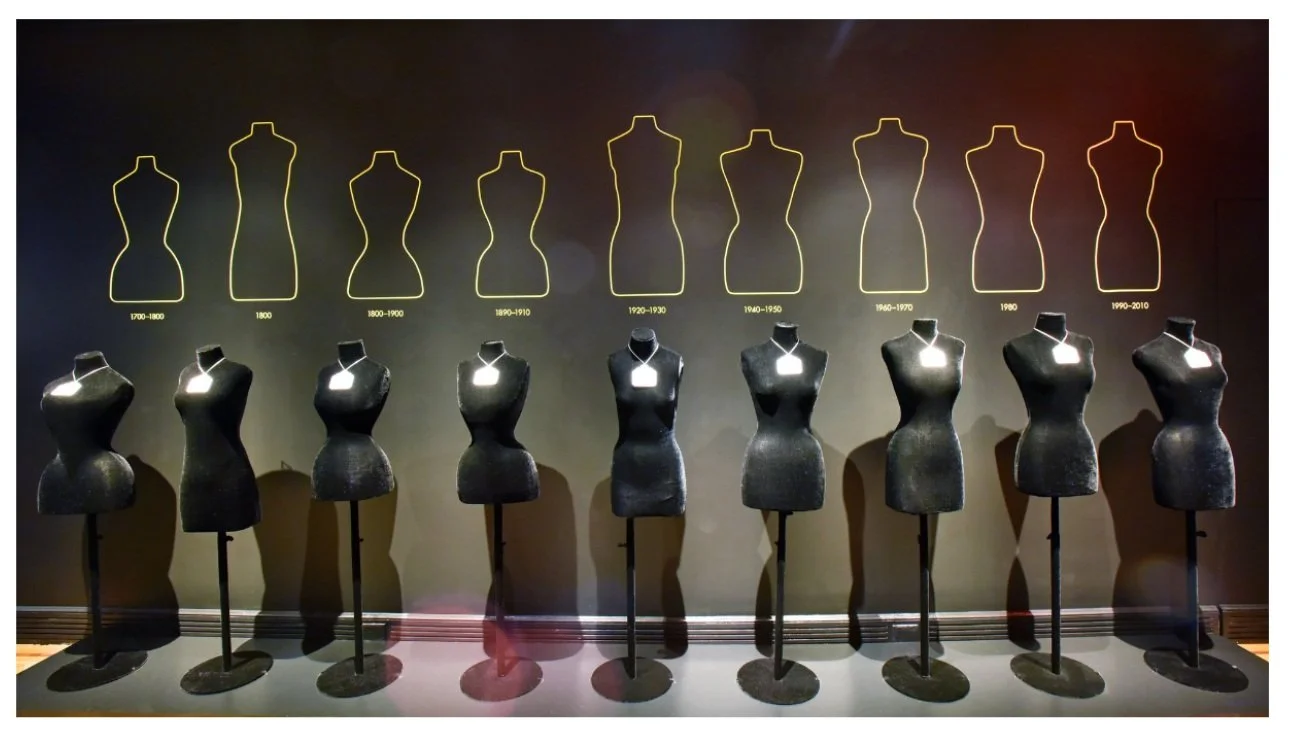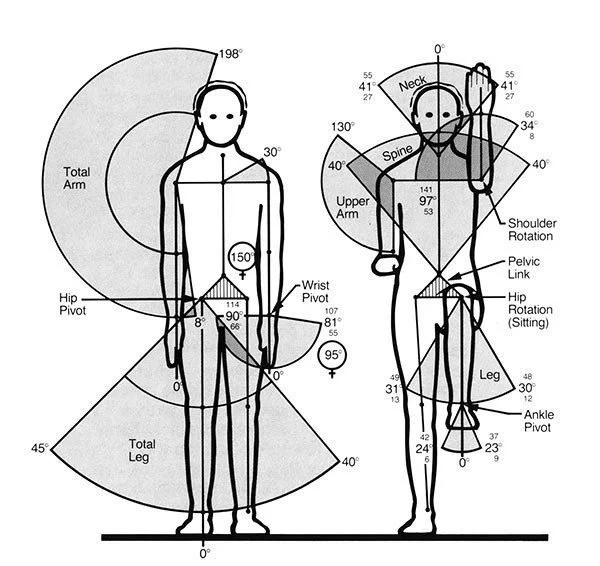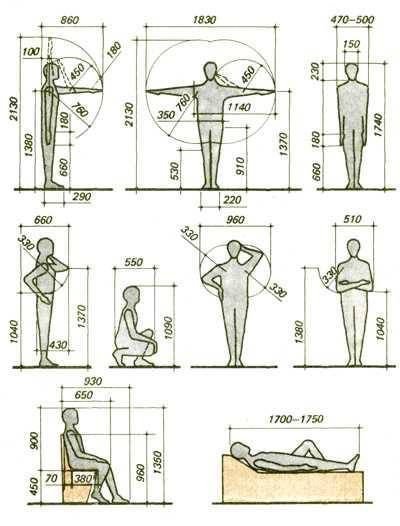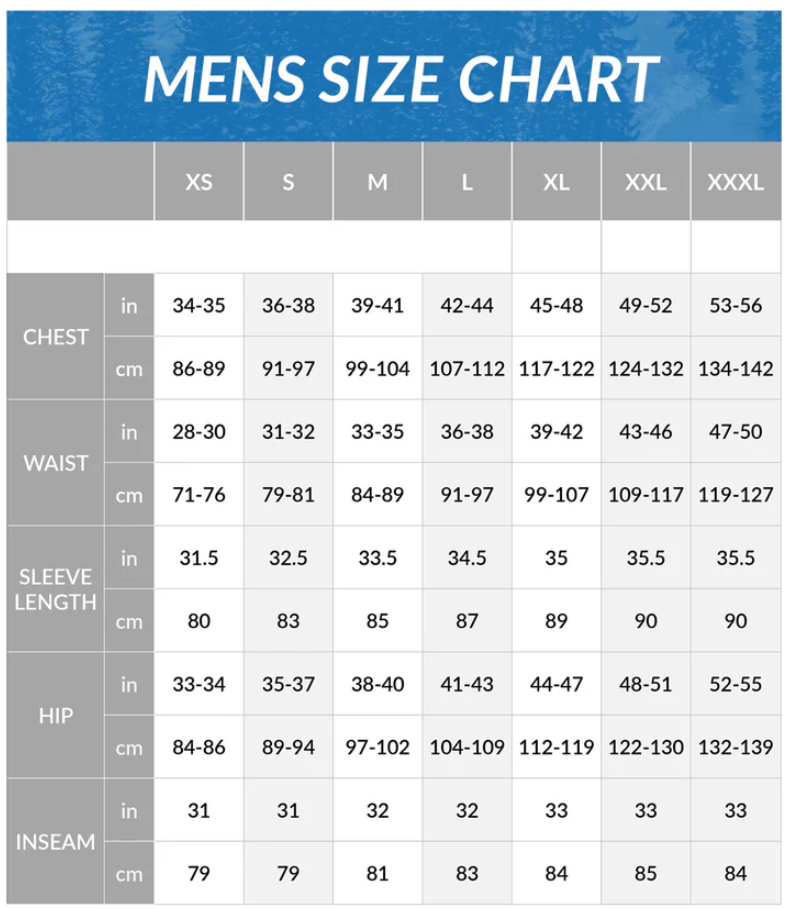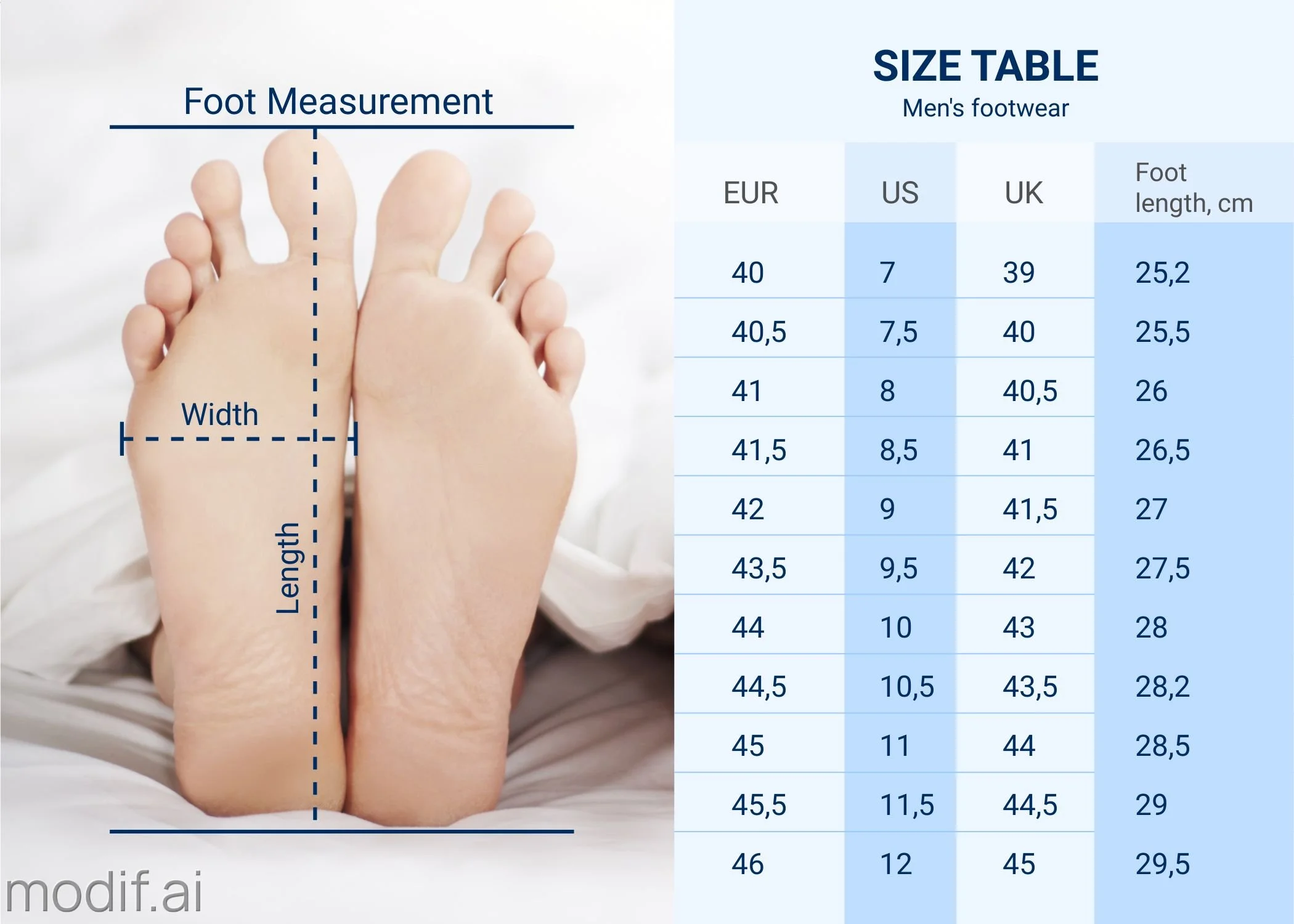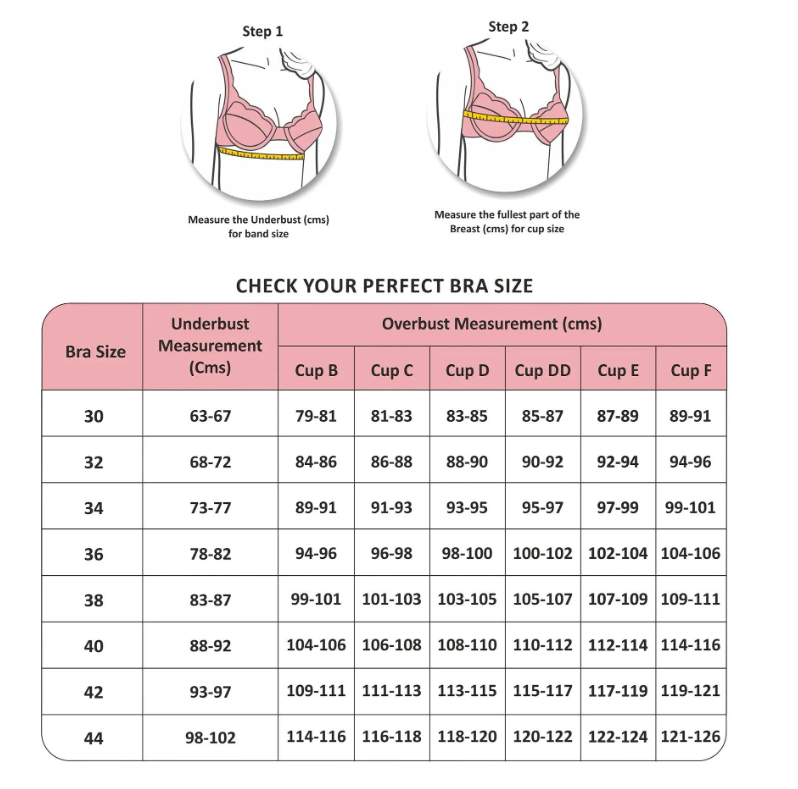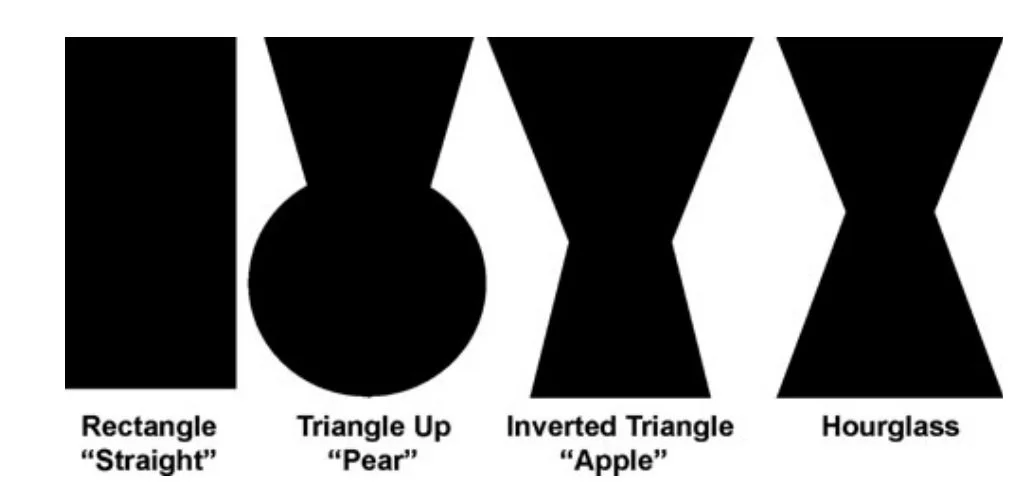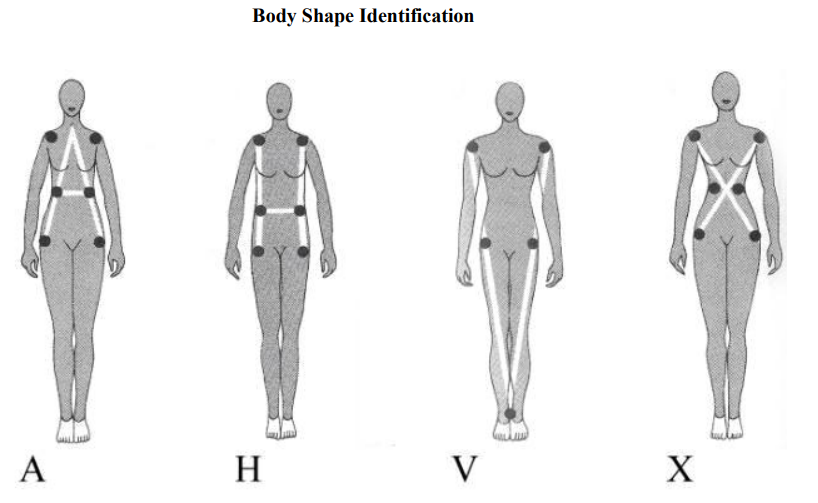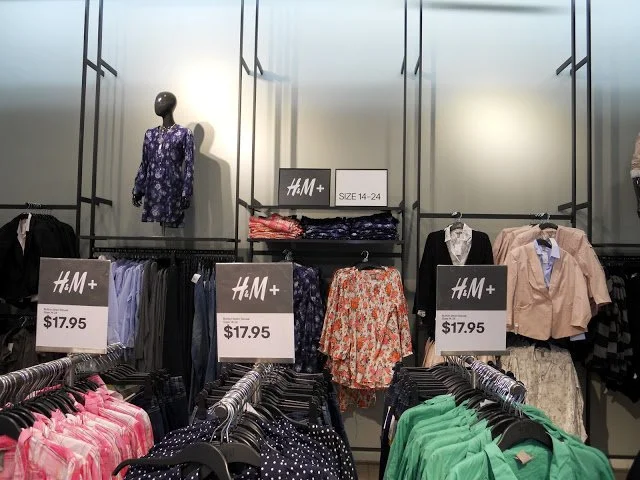Information Systems for Individual Bodies
By: Bridget Anna Sibley
Introduction
A universal challenge of modern clothing acquisition is accurately assessing one’s size. In one store you may wear a medium, while in another barely fitting into a large.
“When shopping for women’s clothing, why is it that a size 8 in one store is a size 12 in another?”
Information systems categorizing human size have global cultural and economic impact. Clothing is mandatory in most cultures, a multibillion dollar industry, but also symbolizes who we are and can affect daily emotions and perceptions. For example memories of the size of your wedding dress, your lowest weight, or largest bicep size, may bring strong emotions.
“Sizing can have a meaning beyond that of the immediate quantification of a body that instead enables women to make links between past and present, emotional as well as physical, ‘well‐being’”
Despite the long relationship between humans and clothing, a universal system for garment size has never been developed; all potential systems are destined to fail to account for the diversity and complexity of individual bodies.
By exploring body size parameters, current systems, and constraints, we can further understand why a universal system of size doesn’t exist, and what limitations need to be managed to guarantee future system’s success.
What are the Core Components of Evaluating Body Size?
“Human variability, or human variation, is the range of possible values for any characteristic, physical or mental, of human beings.”
Human Variation
The human body comes in innumerable shapes and sizes: we vary in height, proportions, fat distribution, sexual dimorphism, we have disabilities, can get into accidents, and any number of genetic and habitual factors expand the range of possible human size and shape.
Anthropometric Systems
Anthropometry is the study of measurements of different parts of the human body. Modes of measurement can vary greatly between use cases and populations. Most epidemiologic studies use anthropometric (or quantitative) measurements of body size and shape as proxies for general and regional fat distribution.
Body Mass
The BMI or body mass index is a widely used anthropometric system for measuring body size using height and weight. Although it does indicate body size, it doesn’t indicate fat distribution, weakening its uses for indicating health risk or purchasing clothing. The BMI is a common tool in healthcare and medicine as well as public health.
Fat Distribution
Fat distribution pertains to the way fat is stored in different parts of the body and has more variance than human proportions such as weight and height. There are limited self-reported measures of body shapes and few indicators for body fat distribution patterns.
Common anthropometric systems for fat distribution include measurements such as the circumference of your Bust-Waist-Hip (BWH) or variations including torso length, knee skewness, chest dimensions, etc. In retailers you may see numeric sizing systems that measure pant inseams, waists, or shoulder dimensions.
What is the History of Systems for Body and Clothing Size?
Manufactured clothing has been around since the 19th century and began transforming into an industry during the American Civil War for soldiers and at the height of the 18th century slave trade for enslaved peoples.
“The major leap forward for the ready-to-wear industry came with the advent of standard sizing.”
Alpha Sizing
During the Civil War conscripts were measured for their uniforms, creating a new dataset of body measurements allowing for a range of generic sizes. The Alpha System, or standard sizing system, is still used today and contains familiar categories such as small, medium, large, and extra large.
“[While the Alpha System] only fit 25% of soldiers just right, it didn’t matter if the fit was a bit off for everyone else. As long as they could pick a size and the uniform fit “okay,” they were ready to head into battle. The idea was simple. Fit didn’t matter. Making uniforms as quickly as possible did.”
XXS
XS
S
M
L
XL
XXL
XXS XS S M L XL XXL
Numeric Sizing
In addition to the Alpha Sizing system clothing manufacturers also utilize Numeric Sizing systems. Numeric sizing systems are based on anthropometric measures but are categorized into numeric sizes.
For example, shoe sizes fall into numeric categories such as size 9, 10, 11, etc. One of the most reliably standardized sizing systems is bra size, which measures breast size (A,B,DD, etc) and waist circumference (32, 26, 40, etc). There are international and national clothing sizing standards that can be compared and contrasted with complex conversion tables.
Sizing Variance
Sizing varies between brands, and even within the same brand, depending on different clothing categories. For example, knit fabrics, known for their flexibility and stretch, often use alpha sizing. This allows for a more forgiving fit, as the fabric can adapt to different body shapes. On the other hand, woven fabrics, typically more structured and rigid, usually have numeric sizing. This provides a more precise fit, as the fabric doesn't stretch as much.
Regardless of which system a brand utilizes, size consistency has been an issue since the 19th century, especially in women’s apparel. This issue can be assigned to a number of factors including the multiple dimensions of difference in body types, lack of standards among manufacturers, and differences amongst models used to develop patterns. Vanity Sizing, or the common practice amongst retailers to artificially decrease sizes to flatter customers, further erodes the accuracy of sizing systems. These factors contribute to the variance in sizes one may experience fitting into during their shopping experiences.
“Making connections between objects and their labels… is serious business, with the consequences for doing it badly being a high level of annoyance or worse.”
Other Systems
Metaphoric Classification System:
Another factor contributing to the variation in sizes one may experience is that neither numeric nor alpha sizing perfectly account for fat distribution. These types of measures are limited and there can be difficulty in self-reporting body shape. One nebulous measuring system, particularly for women’s bodies, relies on metaphors to assess body shape. There is not an official name for this framework, and it comes in many varieties, but often include ‘Pear’, ‘Hourglass’, or ‘Apple’ categories. For the purposes of this paper we will call this a Metaphoric Classification System. Metaphoric Classification systems will categorize body shapes by proportions of the shoulders, waist, and hip ratios and ask viewers to place themselves amongst categories.
Stunkard 9-Level Figures
A similar system for assessing body shape for population studies is Stunkard’s 9-Level Figures. These are nine figure drawings users are asked to associate with their current, and desired, body shapes. While neither metaphoric systems or Stunkard’s 9 figures can be utilized in clothing manufacturing or retail, they do aid users in making decisions on garment choice. Optimal customization can only occur if customization starts from the most correctly shaped garment for each customer’s “figure type”.
What are the constraints on clothing size classification systems?
Variations in dimensions of measurement and difference in use mean information systems designed for clothing size must require “a certain amount of selections, an analysis of the need weighed against the increased difficulty of understanding more. Functionality is the objective and principal issue.” (Katz). The more dimensions involved the more the brain has to sort out, and variation in customer segment and garment type requires different amounts of detail and considerations towards information staging. This need for balancing exhaustive sizing systems with approachable ones is the reason why numeric sizing is accompanied by the simplified alpha sizing system.
“Unfortunately, being able to visualize ungraspable relationships does not necessarily make them more graspable. There comes a point where the data – whether it is visualized or listed – simply run into the limits of the human mind.” (Katz). This is particularly true when considering the issue of fat distribution in sizing systems. Anthropometric systems such as BMI and BWH use literal measurements based in mathematics whereas metaphoric systems rely on intuition for user’s to determine whether they are a “Pear” or an “Apple”.
Each system must balance scope and simplicity of representation in order to be successful, but cannot maximize one without affecting the other. One informational design method for approaching mutually exclusive constraints is a 2x2 matrix. Based on the research conducted the primary constraints for an information system for body size is constrained by its level of detail and basis of measurement.
|
Exhaustive
Covers all possible dimensions
|
Approachable
Simplifies options available
|
|
|---|---|---|
|
Literal Utilizing Mathematical Measurements |
Literal and Exhaustive System uses precise body measurements and includes all body types. Examples:
BMI, Bust-Waist-Hip, Product Dimensions
Pros: Exact measurements for each individual
Cons: Non-intuitive, requires measuring Best Use: Custom-tailored clothing, medical use |
Literal and Approachable System uses measurements but groups into fewer categories. Examples:
Shoe Sizing, Bra Sizing, Numeric Sizing, Vanity Sizing
Pros: Based on measurements, covers most people
Cons: May not fit every individual perfectly Best Use: Mass clothing production with precise fit |
|
Intuitive Utilizing Metaphorical Categories |
Intuitive and Exhaustive Uses metaphorical or simplified labels, still includes all types. Examples:
XSmall–XLarge, Alpha Sizing
Pros: Easy to understand, no measuring needed
Cons: Works only within system, not across Best Use: Flexible-fit clothing manufacturing |
Intuitive and Approachable Uses simplified metaphors, doesn’t cover every type. Examples:
Metaphoric Systems, Stunkard 9-Level Figures
Pros: Easy to understand
Cons: More subjective, not based on metrics like BMI Best Use: Guiding garment preferences, well-being |
| Detail | Basis of Measurement |
|---|---|
Exhaustive Versus ApproachableRefers to the number and level of detail available for sizing categories in a system. A system can be exhaustive so as to cover all possible dimensions, or approachable so as to simplify the number of options available. |
Literal Versus IntuitiveRefers to the basis of measurement for the sizing system. A system can utilize mathematical measurements, based on individual bodies to maximize potential for universal fit, or metaphorical categories, based on imagery and assigning likeness. |
Conclusion
By scoring each system discovered during research by detail and basis of measurement it is clear no system satisfies the requirement of being both exhaustive and approachable as well as based in literal measurement and within an intuitive framework - again showing that at this time there is no system destined to be a universal system for clothing size. Each system was rated by the author based on intuition and available research but has not been peer reviewed.
“The apparel industry is awakening to the longtime demands of female consumers on two fronts: Shoppers want more consistency in sizing, from one brand or designer to the next. And they want clothes that are designed to fit the many variations of their bodies.”
There have been significant technological and marketing advancements since the advent of our current sizing systems. In the mid 20th century additional sizing modifiers such as Petite, Tall, Plus or Junior sizes were created. Online shopping interfaces stage information to allow alpha sizing as well as sizing guides containing numeric sizing. These two additional systems alone have been beneficial to the average shopper but have not advanced us towards a universal system.
3D Body Scans have expanded available data and has allowed reorganization of sizing systems not possible with 2-dimensional systems. The ongoing advancement of technology continually expands the possibilities for developing more sophisticated information systems that can assess body shape and size with greater precision. By integrating artificial intelligence, machine learning, and advanced imaging techniques, these systems could offer solutions that not only improve the accuracy of clothing fit but also cater to a diverse range of body types.
“[The 3D scanning] process allows us to use the most “correctly shaped” garment for the customization procedure that will better ensure satisfactory fit of the final garment.”
Advancements in technology have opened possibilities of new findings on clothing and body sizing through analysis of large datasets with numerous data points. This pushes the direction of information systems further into exhaustive detail; but this begs the question what future advancements can be made in tandem to advance systems in approachability or intuition. While increased quantitative understanding of body shape is beneficial, another important goal would be making it easier for individuals to find clothing that fits and flatters unique body shapes.
Based on the research into the history of sizing systems, this author hypothesizes that a universal sizing system, or at least an innovation of the same universality as SM-MD-LG, lies in harnessing current advancements in big data with developments in User Interface design. The ease of use and customization ability within video game character creator portals, with a guided interface leading users through complex visual decision making processes, is an example that perfectly balances extreme detail with intuitive user design. Digital bodies and clothing have no material cost and require comparatively no labor to manage, so video game character creation is unlikely to translate to real clothing soon. However, a future universal system for clothing & body size may resemble, or be based upon, character creation technology.
Thank you
Works Cited
“Sizing of Women’s Wear Is Sales Tool.” Toronto Star (Canada), June 1998. EBSCOhost, research.ebsco.com/linkprocessor/plink?id=f39ee8c4-2780-3446-bc99-433f1ec8901b.
A Brief History of Standard Apparel Sizing. Bold Metrics, 14 Apr. 2023, https://blog.boldmetrics.com/a-brief-history-of-standard-apparel-sizing.
Cohen, Molly. "Juniors, Misses, Petites… Oh My!" Maryland Center for History and Culture, 2018, https://www.mdhistory.org/juniors-misses-petites-oh-my/.
Colls, Rachel. “‘Looking Alright, Feeling Alright’: Emotions, Sizing and the Geographies of Women’s Experiences of Clothing Consumption.” Social & Cultural Geography, vol. 5, no. 4, Dec. 2004, pp. 583–96. EBSCOhost, https://doi-org.sunypoly.idm.oclc.org/10.1080/1464936042000317712.
Ekeowa, Amarachi, and Stella Ozougwu. “Correlating Figure Types and Garment Preferences towards Sustainable Psycho-Social and General Wellbeing of Female Undergraduate Students of Federal Universities in South East, Nigeria.” International Journal of Home Economics, vol. 15, no. 2, Dec. 2022, pp. 115–27. EBSCOhost, research.ebsco.com/linkprocessor/plink?id=d7f3847e-3b84-3f2f-871e-dc1ad20b70e5.
Istook, Cynthia L., Karla P. Simmons, and Priya Devarajan. "Female Figure Identification Technique (FFIT) for Apparel." Proceedings of the International Foundation of Fashion Technology Institutes (IFFTI) Conference, Hong Kong Polytechnic University, 2002, pp. 147–173. Archived at https://web.archive.org/web/20141112020558/http://www.iffti.com/downloads/past_conferences/HKPU%2C%202002/A/147-173.pdf.
KETRON, S.; SPEARS, N. Gender Identity and Vanity Sizing: The Role of Femininity. AMA Winter Academic Conference Proceedings, [s. l.], v. 27, p. C-90-C-92, 2016. Disponível em: https://research-ebsco-com.sunypoly.idm.oclc.org/linkprocessor/plink?id=7bbcb2eb-b900-3588-b9bb-dfab9e0eb0e2. Acesso em: 27 abr. 2025.
Loughborough University. "Why You Might Not Be the Body Shape You Think." Medical Xpress, 14 May 2021, https://medicalxpress.com/news/2021-05-body.html. Maryland State Archives
Morris, Keiko. “Changing Shape of an Industry: To Suit an Ever-Demanding Clientele, Makers of Women’s Apparel Take Measure of Standardized Sizing.” Newsday, (Melville, NY), May 2006. EBSCOhost, research.ebsco.com/linkprocessor/plink?id=be04f1c5-b35e-33bb-958c-b6162ae45f57.
Sidberry, Phillip Anthony. Effects of Body Shape on Body Cathexis and Dress Shape Preferences of Female Consumers: A Balancing Perspective. Auburn University, 2011, https://etd.auburn.edu/bitstream/handle/10415/2612/Phillip_Sidberry_Thesis_Corrected.pdf?sequence=4.
Thanhauser, Sofi. "A Brief History of Mass-Manufactured Clothing." Literary Hub, 27 Jan. 2022, https://lithub.com/a-brief-history-of-mass-manufactured-clothing/.
Thoma, Marie E., et al. “Comparing Apples and Pears: Women’s Perceptions of Their Body Size and Shape.” Journal of Women’s Health (15409996), vol. 21, no. 10, Oct. 2012, pp. 1074–81. EBSCOhost, https://doi-org.sunypoly.idm.oclc.org/10.1089/jwh.2012.3634.
Understanding Clothing Sizing | Alpha vs. Numeric. TAAS Digital, Sept. 2024, https://www.taas.nyc/blog/understanding-clothing-sizing.
Wikipedia contributors. "Body shape." Wikipedia, The Free Encyclopedia. Wikipedia, The Free Encyclopedia, 6 Feb. 2025. Web. 27 Apr. 2025.
Wikipedia contributors. "Clothing sizes." Wikipedia, The Free Encyclopedia. Wikipedia, The Free Encyclopedia, 12 Jan. 2025. Web. 27 Apr. 2025.
Wikipedia contributors. "Female body shape." Wikipedia, The Free Encyclopedia. Wikipedia, The Free Encyclopedia, 13 Feb. 2025. Web. 27 Apr. 2025.
Wikipedia contributors. "Human variability." Wikipedia, The Free Encyclopedia. Wikipedia, The Free Encyclopedia, 3 Apr. 2025. Web. 27 Apr. 2025.


